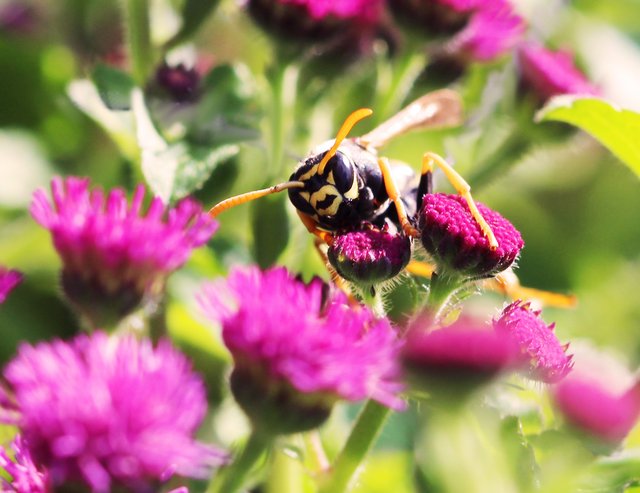Wasps Display Ability Once Thought Limited to Humans

'Transitive inference' is a type of rational reasoning used to form inferences about unstated facts through stated facts. Take the following set of letters: A, B, and C. You know that B is greater than A and that C is greater than B, therefore C must be greater than A. In a more compact form, A<B & B<C combines to A<B<C, meaning A<C. While this may be child's play for humans, this has proven to be rather hit or miss when it comes to testing in animals.
Paper wasps were tested for the ability to use 'transitive inference,' a form of reasoning that was long thought to be exclusive to humans and has only in the last few decades been demonstrated in several other vertebrates, such as monkeys and fish. This, however, marks the first time that an invertebrate has been shown to possess the ability to utilize transitive inference. Honey bees had been previously tested and failed to demonstrate the ability.
Due to bees and wasps sharing similar nervous systems, the researchers argue that the wasps' social environment, rather than anatomy, determines their ability to make inferences. Unlike single queen beehives, wasp nests have multiple queens always competing for position. Living in a society with a constantly shifting hierarchy, transitive inference would provide a useful tool for making social interactions run more smoothly.
Read more: http://rsci.nl/bg8
Image: Elizabeth Tibbetts
Thanks for the post! I thought your point about the shifting hierarchical structure of the wasps' nest was insightful. I included a link to your post in Interesting Links: May 29, 2019. You'll receive 5% of that post's rewards when it closes.
Thank you. :)
To listen to the audio version of this article click on the play image.

Brought to you by @tts. If you find it useful please consider upvoting this reply.